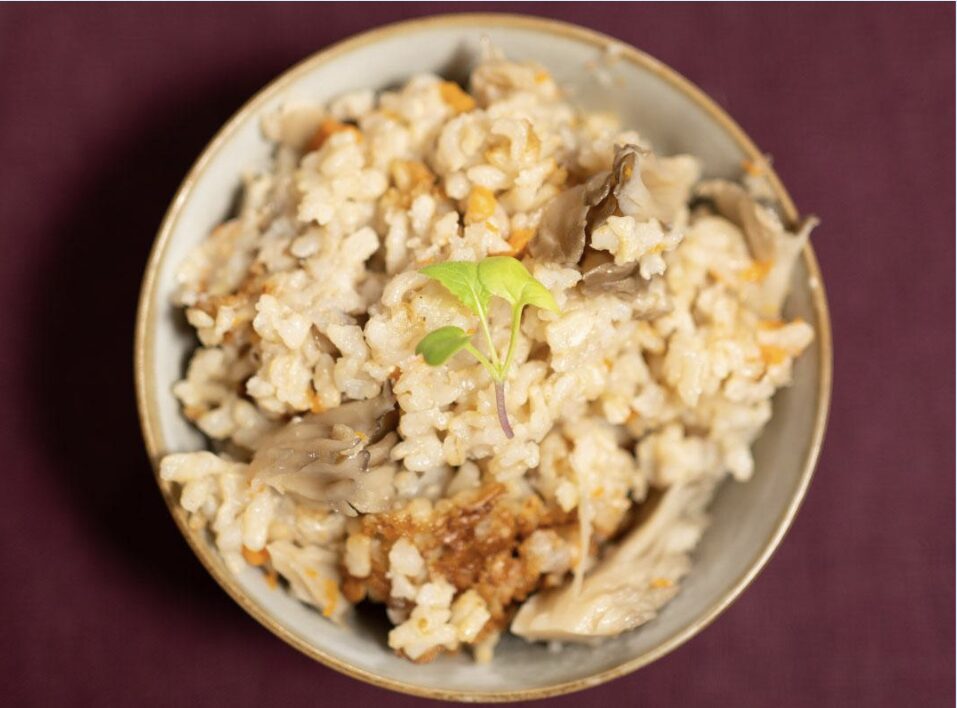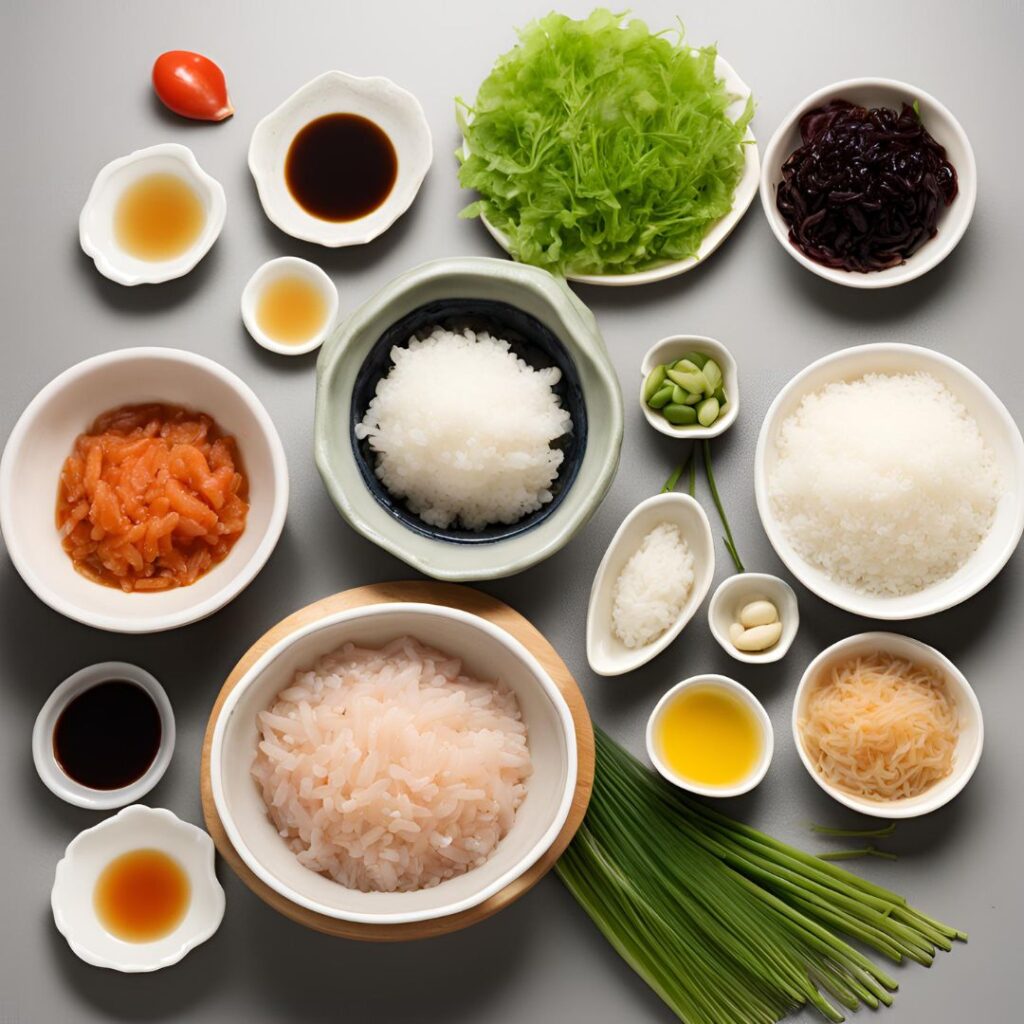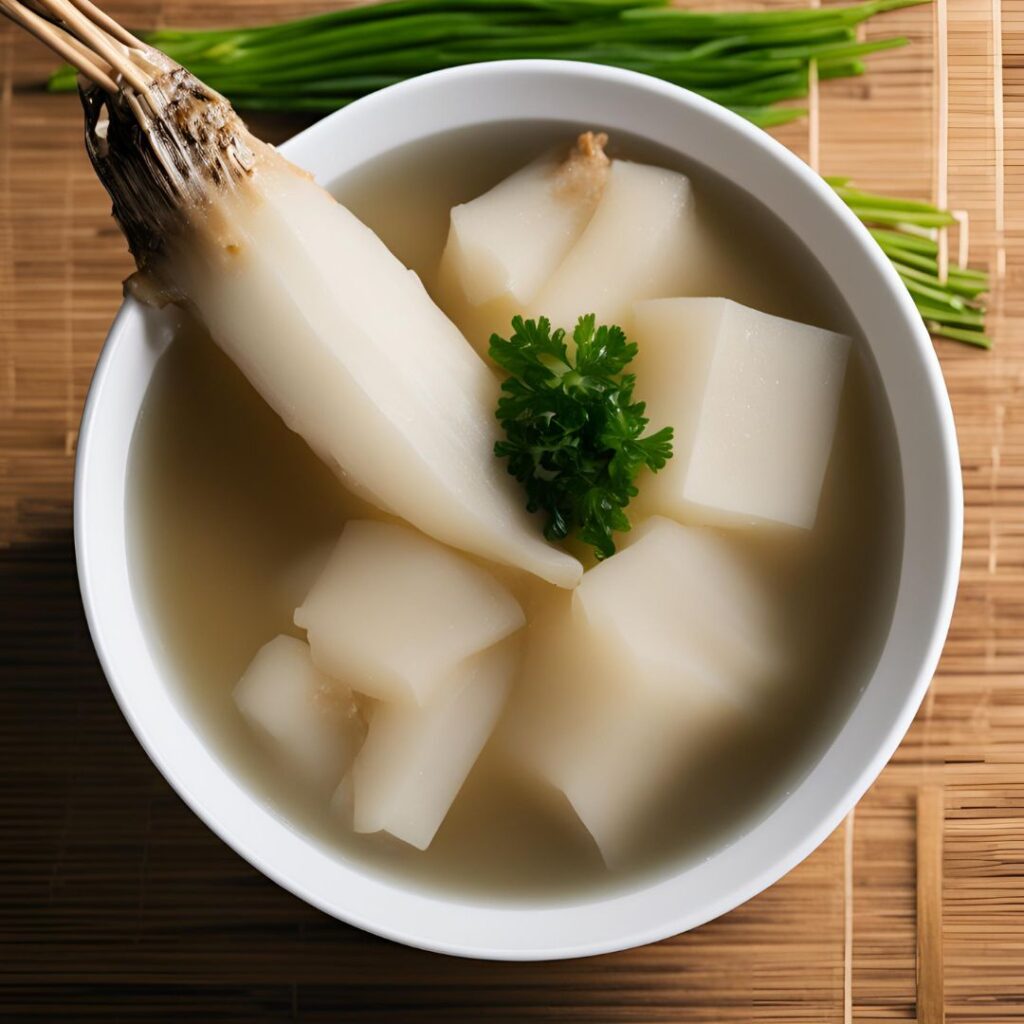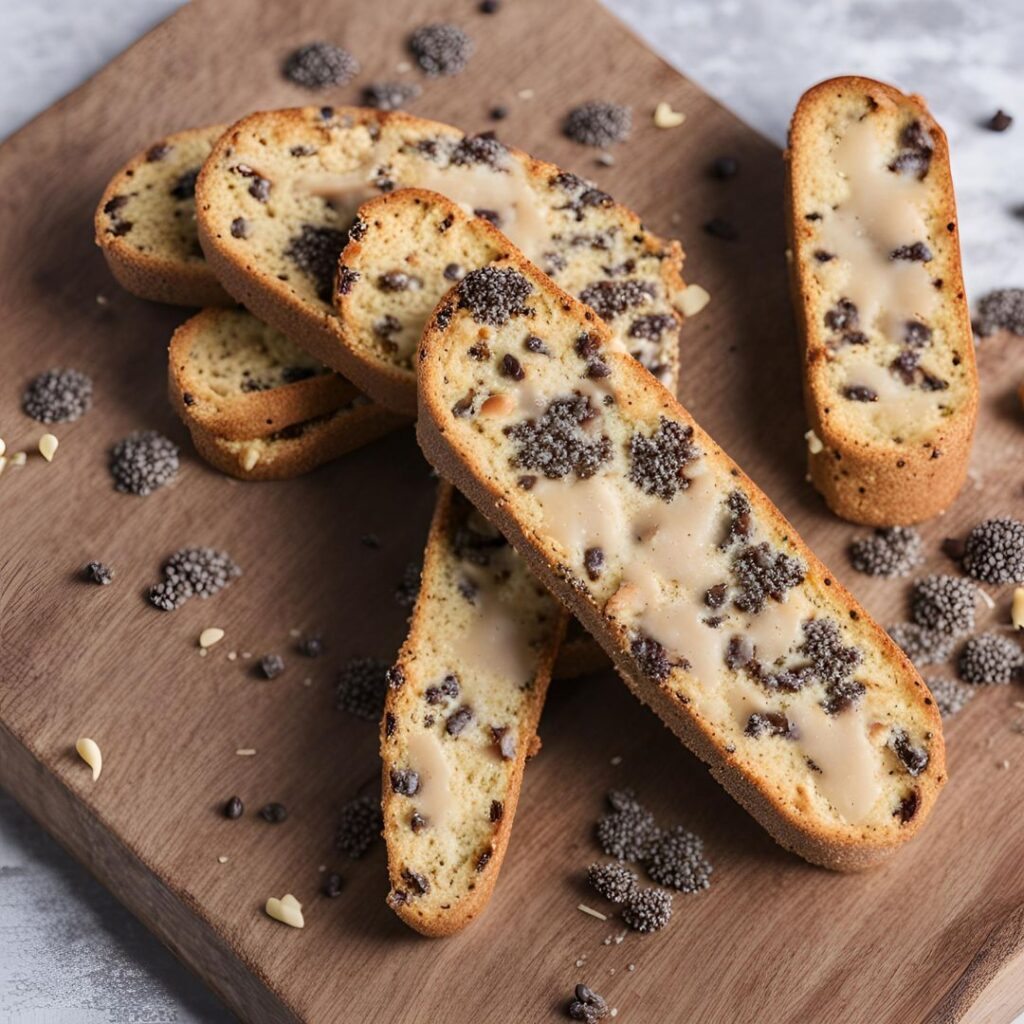Introduction
Kinoko Takikomigohan, which translates to “mushroom mixed rice,” is a dish that brings the essence of the forest to the Japanese dining table. Its origins lie in the practice of foraging, a tradition as old as Japan’s mountains and woodlands themselves. This dish holds a special place in my culinary heart, as it reminds me of autumnal walks through the whispering woods, basket in hand, gathering mushrooms that would later transform into a meal redolent with earthy aromas.

Cultural Context
In Japan, mushrooms are more than food; they are a symbol of nature’s bounty. Kinoko Takikomigohan is particularly cherished during the mushroom season in the fall, often gracing the table at family gatherings and seasonal celebrations. It’s a dish that embodies satoyama, the border between mountain foothills and arable flat land, where people live in harmony with nature.
Ingredient Spotlight
The key ingredients of Kinoko Takikomigohan are:
- Various mushrooms: Shiitake, maitake, and shimeji are popular choices, each adding its unique flavor and texture.
- Japanese rice: The sticky, short-grain variety is essential for the dish’s comforting consistency.
- Soy sauce and sake: These seasonings infuse the rice with a subtle depth and richness.
- Modern variations might include adding other grains like quinoa or farro for added nutrition and texture.
Health Benefits of Kinoko Takikomigohan
Mushrooms are low in calories but rich in B vitamins, minerals, and fiber. They also contain beta-glucans, known for their immune-boosting properties. Combined with the wholesome goodness of rice, this dish is a healthful addition to any diet.


Ingredients
- 2 cups brown rice, short grain
- 1 Tbsp soy sauce
- 1 Tbsp sake
- 1 tsp mirin
- 1 Tbsp shiokouji; if not using, use 2 Tbsp soy sauce
- 2 cups konbu dashi or konbu shiitake dashi*** (enough to fill to 2 cup line of rice maker or follow package direction for water:rice ratio)
- ½ cup carrots, cut into match sticks
- 1 package maitake mushrooms (about 1 cup); alternatively shiitake and or shimeji
Instructions
- Rinse the brown rice and drain thoroughly, add to your rice maker
- Add in soy sauce, shiokouji and add dashi to the 2 cup water line.
- Last add in the vegetables. Do not stir or the rice may not cook evenly.
- Cook the rice and once done, gently fold so the vegetables get serve and enjoy!
Cooking Tips
- Simple way to avoid mushy rice – Japanese cups are different than American cups, so make sure to use the measuring cup that came with your rice maker. Alternatively, if using an American cup follow the liquid:rice ratio on the package.
- I also always slightly underfill the water level, so that the water is just under the hatch mark which always results in a firmer drier rice, which is the way I like it. Keep in mind the vegetables also contain a little water (especially mushrooms which are 90% water), so always best to go conservatively and underfill if this is your first time.
- You’ll have to find what you like best by testing different water levels and seeing the affect on texture.
- You can make this two ways- takikomigohan (like in the video) where I cooked everything in the rice maker or as mazegohan (mixed rice), where you cook the rice first then add the cooked vegetables to the cooked rice by mixing it in. Try both and see if you prefer one over the other!
Serving Suggestions
Kinoko Takikomigohan is best served hot, straight from the pot. Pair it with a side of pickled vegetables or a green salad for a complete meal. A cup of green tea complements the dish beautifully.
Variations
Feel free to customize your Takikomigohan by:
- Adding chestnuts or ginkgo nuts for a nutty crunch.
- Stirring in a beaten egg for a richer flavor and creamy texture.
Conclusion
Kinoko Takikomigohan is a celebration of Japan’s forests and a beloved part of its culinary tradition. I invite you to try this recipe, share your experiences, and perhaps even create your own variations. Let’s enjoy the flavors of the forest together!








Konnichiwa! (Hello!) I'm Pat Tokuyama, a Japanese tofu cookbook author, who travels for music, food, and adventure. If you like Japanese tea, checkout some of the newestorganic japanese tea, matcha bowls and noren and more!
** Curious about the Plant Based Japanese Cooking Club? ** Learn more here!